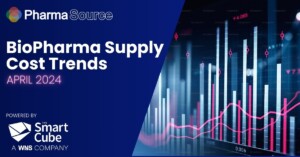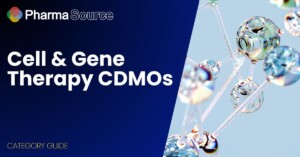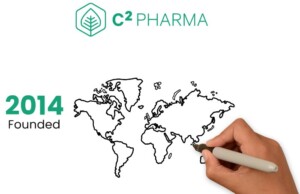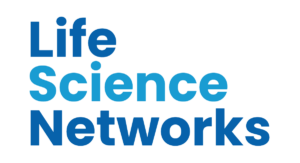The biologics market for inflammatory bowel disease (IBD) is rapidly evolving, with significant developments and increasing competition driving the field forward.
June Seow, MPharm Senior Business Analyst for Lifescience Dynamics explains key trends shaping the market.
- The IBD population in the US, UK, and EU4 is expected to increase by 39% between 2020 and 2030.
- Sales of the top five most lucrative products for Crohn’s Disease (CD) reached over $15 billion in 2022, while those for ulcerative colitis (UC) surpassed $6 billion.
Biologics Leading the Charge
IBD remains a chronic condition with no cure, and current treatment options primarily consist of monoclonal antibodies (mAbs) administered via injections (e.g., Humira) or infusions (e.g., Entyvio, Stelara, Remicade). Newer treatments include daily oral options such as S1P modulators (Zeposia) and JAK inhibitors (Rinvoq, Xeljanz), though the latter come with FDA ‘black box’ warnings due to cardiovascular risks, but also new mAb such as Johnson & Johnson’s Tremfya.
JnJ’s Tremfya is poised to make a significant impact in the IBD market. In phase 3 results recently presented at Digestive Disease Week (DDW) 2024, Tremfya, at two different doses, outperformed Stelara in patients with moderately to severely active Crohn’s disease (CD). Importantly, data from the Phase 3 GALAXI trial demonstrated that Tremfya demonstrated statistically significant and clinically meaningful differences on all pre-specified endoscopic endpoints when compared to Stelara.
Additionally, both doses tested in the maintenance setting met the composite primary endpoints, demonstrating improvements in clinical and endoscopic responses, when compared to placebo. Also, at DDW 2024, JnJ presented its first data from the Phase 3 QUASAR maintenance study in moderate-to sever ulcerative colitis (UC).
The results demonstrated that 50% of patients on 200mg Tremfya every four weeks and 45.2% on 100mg every eight weeks achieved clinical remission, compared to 18.9% on placebo after 44 weeks of treatment. Tremfya’s efficacy in UC is comparable to Skyrizi’s results, with the latter achieving 40% and 38% clinical remission in its COMMAND trial.
Tremfya, alongside AbbVie’s Skyrizi, works by inhibiting IL-23, and are expected to enter the UC market in 2024. As the IL-23 space in IBD becomes more competitive, these therapies will look to differentiate via innovative dosing regimens, patient-friendly formulations, and efficacy and safety data from continued head-to-head studies with currently approved therapies. Additionally, ongoing real-world evidence will be crucial to establish these therapies in the IBD treatment paradigm, potentially leading also to expanded indications and optimized treatment protocols.
Exploring the Potential of Tregs in IBD
Regulatory T cell (Treg) therapies represent a new frontier for autoimmune diseases like IBD. Tregs regulate the immune system, preventing autoimmune responses by stopping effector T cells (Teffs) from attacking the body’s own tissues. In IBD, impaired Treg functionality leads to excessive Teff activity and resultant inflammation. Companies like Sonoma Biotherapeutics believe Tregs can rebalance the immune system for a lasting response or even cure IBD, although clinical data is still lacking.
In 2021, Merck acquired Pandion and its lead candidate, PT-101, designed to selectively activate Tregs, for $1.85 billion. A Phase 1 trial showed a 3.6-fold increase in Treg numbers following a single dose. Similarly, in 2022, BMS partnered with GentiBio for $1.9 billion to develop Treg therapies for IBD, though clinical data is not yet available.
Is Cell Therapy the Future for IBD?
The industry is optimistic about the potential of cell therapies like Tregs in treating autoimmune diseases, though the clinical efficacy remains to be proven. While Tregs could offer a curative approach, replacing chronic treatments like monoclonal antibodies, these therapies may be 10-15 years away from availability and are likely to be expensive, limiting access.
As these new modalities emerge, it is crucial for companies to stay ahead with refined intelligence gathering and continuous risk and opportunity assessment.
The future of IBD treatment is exciting, with biologics currently leading the charge and the potential for ground-breaking advancements in cell therapies on the horizon.
Companies must prepare for rapid changes and competitive risks as they navigate this dynamic landscape.








